Motivation from national planning
Pursuant to Decision No. 1579/QD-TTg dated September 22, 2021 on approving the Master Plan for the development of Vietnam's seaport system for the period 2021 - 2030, with a vision to 2050 and Decision No. 140/QD-TTg dated January 16, 2025 of the Prime Minister on the Master Plan for the development of the national seaport system, Nghe An is identified as one of the key localities in Seaport Group No. 2. This is a group of comprehensive seaports, playing an important role in the economic development of the North Central region, connecting international trade, especially with Laos and Northeast Thailand via the East-West economic corridor.
.jpg)
Specifically: Nghe An seaport includes Nam Cua Lo wharf area; Bac Cua Lo wharf area; Dong Hoi wharf area; Ben Thuy, Cua Hoi wharf areas; Nghi Huong petroleum buoy wharf; buoy wharfs, anchorage areas, transshipment areas and anchorage areas to avoid and shelter from storms.
By 2030: Regarding goods and passengers throughput: Goods from 22.3 million tons to 26.8 million tons (of which, container goods from 0.18 million TEU to 0.24 million TEU); passengers from 17.6 thousand passengers to 21.7 thousand passengers. Regarding market share of transport connecting to seaports: Inland waterway transport accounts for 11.9% to 12.2%, road transport accounts for 87.8% to 88.1%.
Port planning
According to the planning, specifically: Nam Cua Lo port area: 1 port (including 5 to 6 wharves) to meet the demand for customs clearance of goods from 5.0 million tons to 5.5 million tons and from 17.6 thousand to 21.7 thousand passengers.
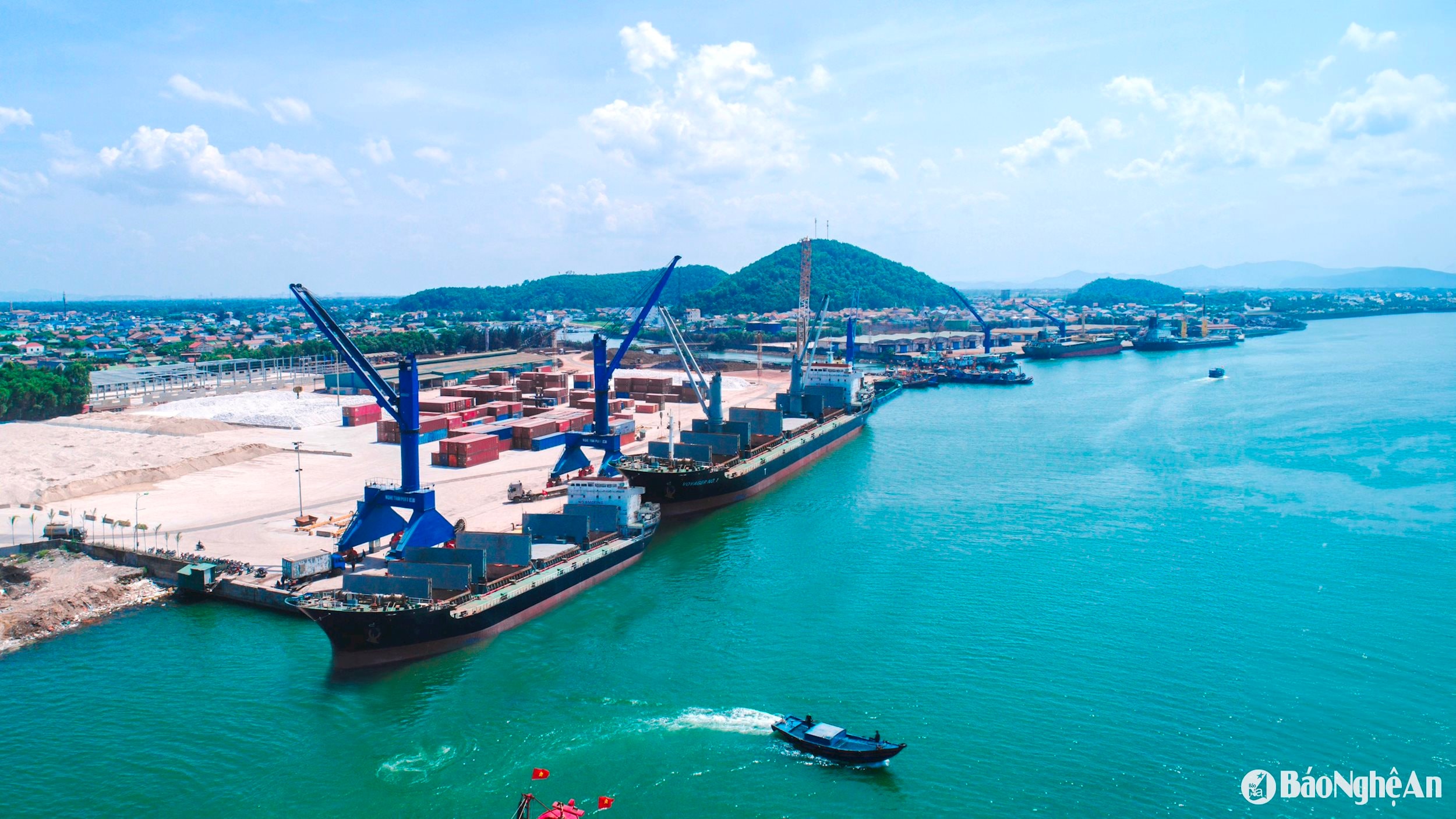
Bac Cua Lo wharf area has 3 ports (including 15 to 17 wharves) to meet the demand for customs clearance of goods from 12.0 million tons to 15.5 million tons.
Dong Hoi port area from 3 to 4 ports (including 5 to 6 wharves) meets the demand for customs clearance of goods from 3.5 million tons to 4.0 million tons.
Ben Thuy and Cua Hoi 2 port areas (including 5 wharves) meet the demand for customs clearance of about 0.75 million tons of goods. Research on converting the function of Ben Thuy Port into a local service and tourism port along with investing in a new replacement location.
Nghi Huong 1 petroleum buoy wharf is a buoy wharf for anchoring and transferring goods, meeting the demand for customs clearance of about 0.5 million tons of goods. Maintain exploitation in accordance with energy planning to ensure safety requirements for fire and explosion prevention and control.
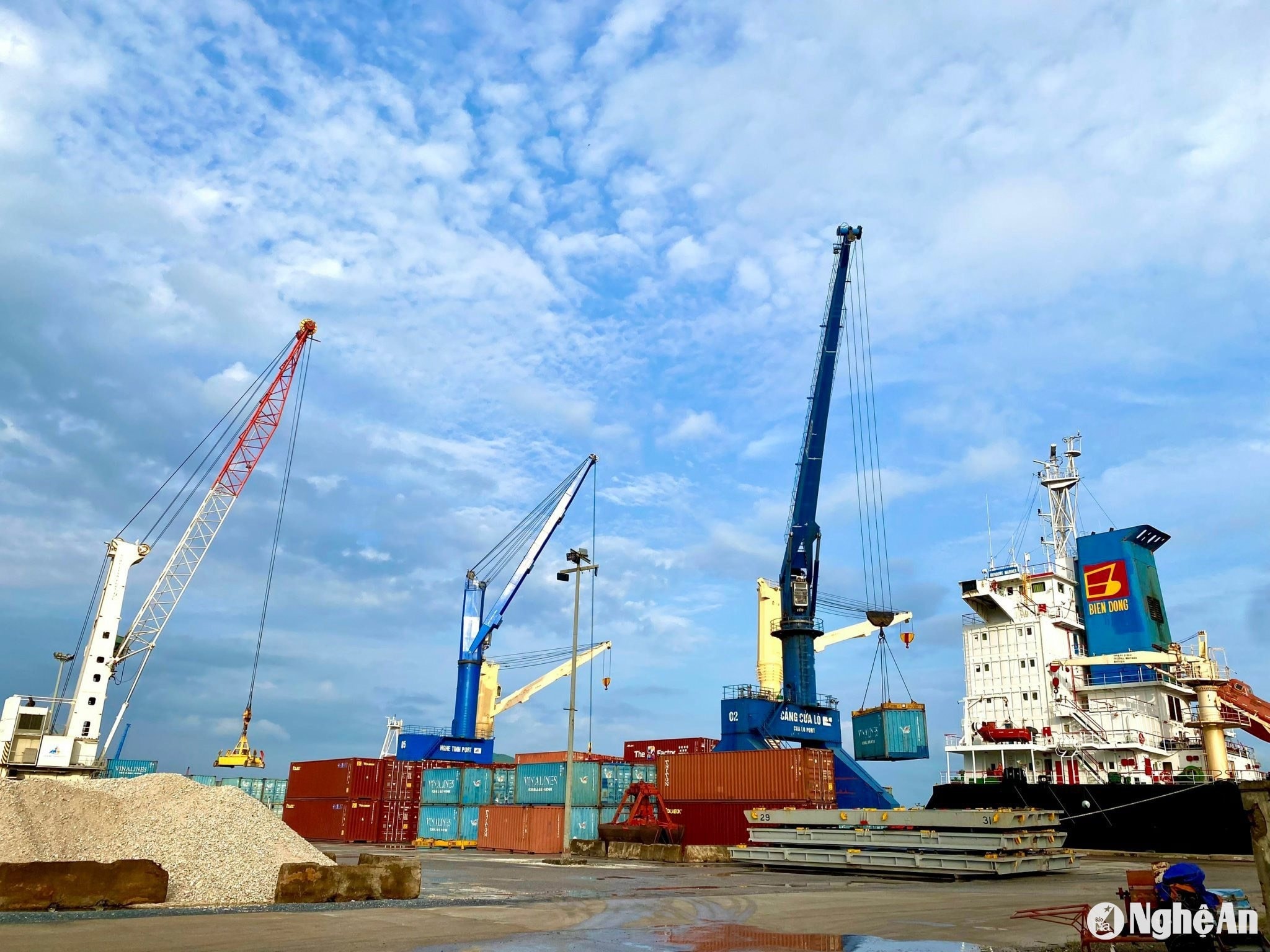
Anchorage and transshipment areas offshore in Dong Hoi and Cua Lo meet the demand for customs clearance of about 0.5 million tons of goods. Anchorage and storm shelter areas are in Cua Hoi area (on Lam River), downstream of Nghi Quang dam (South of Cua Lo) and other areas with adequate conditions.
Vision to 2050, continue to develop new ports to meet cargo clearance needs with an average growth rate of about 3.6%/year to 4.5%/year.

Thus, by 2030, Nghe An will have a total of 27 to 29 wharves with a total length of about 5,100 - 5,600 meters. The land area for seaports is up to more than 290 hectares and the water area is more than 24,800 hectares. This planning aims to build a modern port system, receiving large tonnage ships, competitive enough in the region.
It is expected that by 2030, the cargo throughput through Nghe An seaport will reach from 22.25 to 26.75 million tons/year, of which container cargo will be about 180,000-240,000 TEUs. Regarding passengers, the output will reach about 17,600-21,700 arrivals/year.
Currently, the province has 25 wharves and 1 buoy wharf in operation, with a total designed capacity of about 16 million tons/year. However, the distribution between the wharf areas is uneven: While Bac Cua Lo is exceeding its capacity (reaching 8.65 million tons, compared to the design of 6.25 million tons), Nam Cua Lo has only reached 88% of its capacity. Some wharves such as Cua Hoi and Ben Thuy have not been exploited to their full potential.
In addition, the transport infrastructure is still limited, lacking synchronization between the port and the national highway, railway and domestic logistics system. The progress of implementing coastal routes, railways connecting Nam Cam - Cua Lo port, and Hanoi - Vientiane expressway is still slow.
Development expectations
The director of another seaport in Nghe An said: In the coming time, it is necessary to clarify traffic connections with the seaport, especially railways. In addition, it is necessary to clarify satellites supporting the seaport such as logistics centers, dry ports, etc.
By 2050, Nghe An's seaport system will continue to expand, aiming to receive large cargo ships, forming coastal industrial-urban clusters associated with port services. This will be one of the important pillars, creating development momentum for the entire North Central region, making Nghe An truly become the "eastern gateway" on the international economic corridor.

Source: https://baonghean.vn/nghe-an-se-co-9-khu-ben-cang-vao-nam-2030-10299565.html










































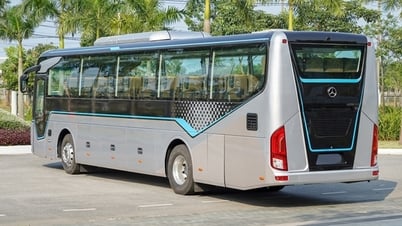
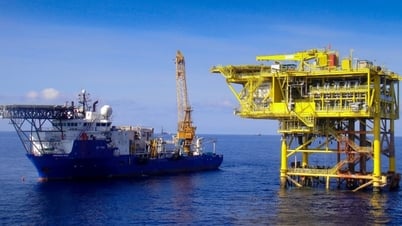
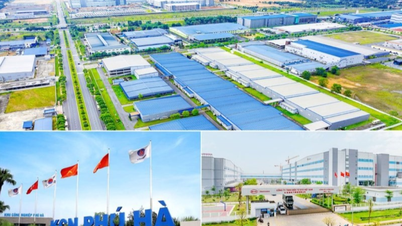












































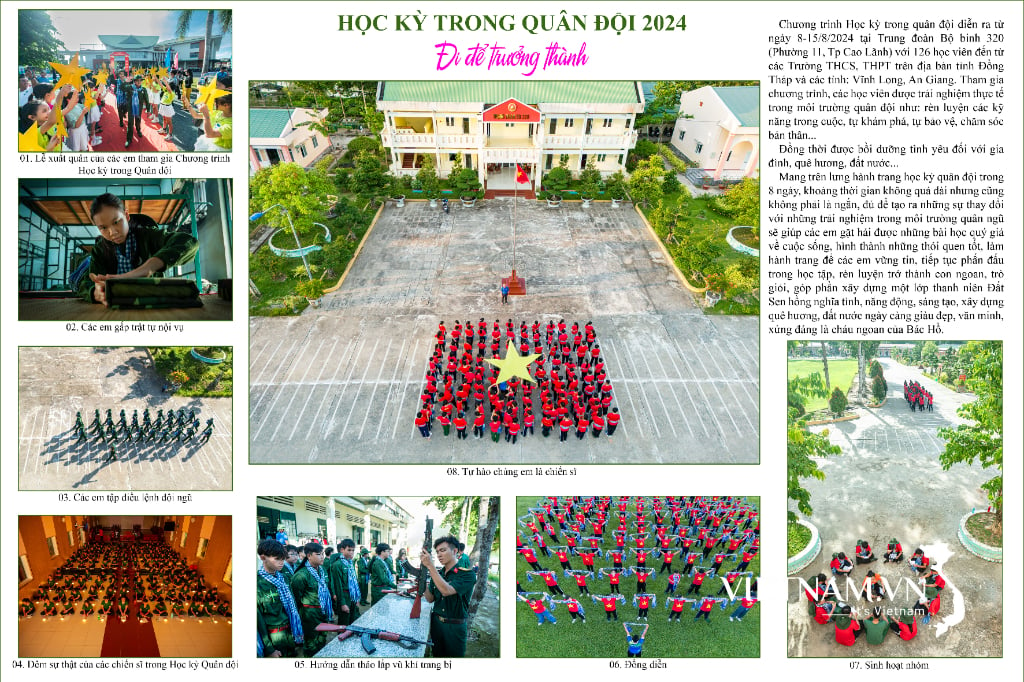



Comment (0)